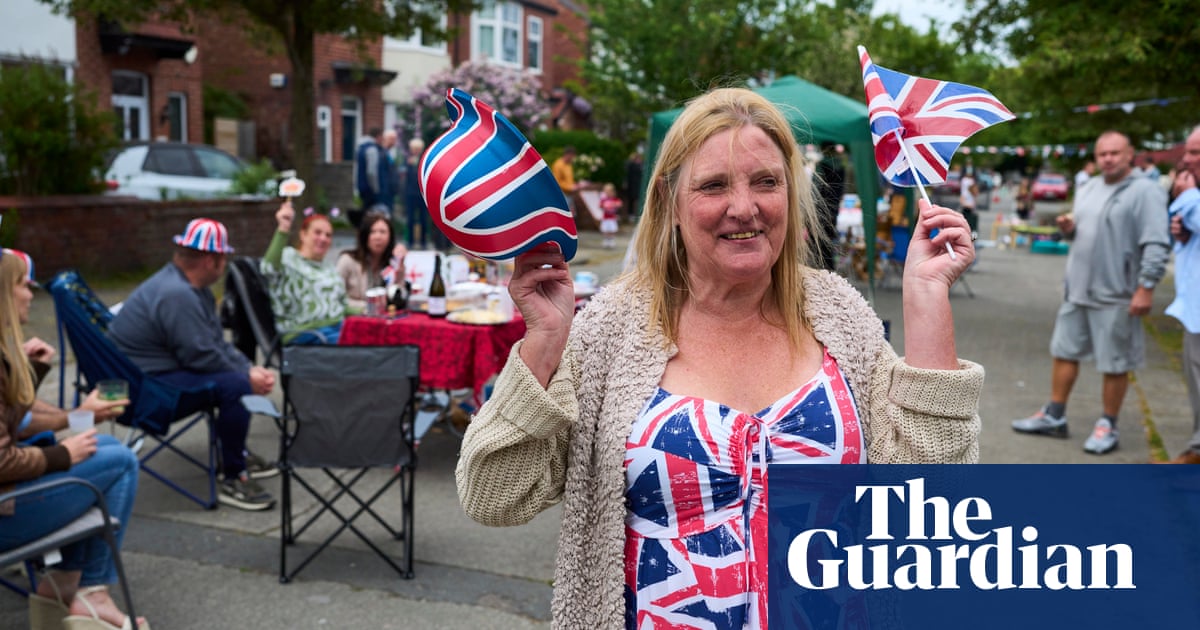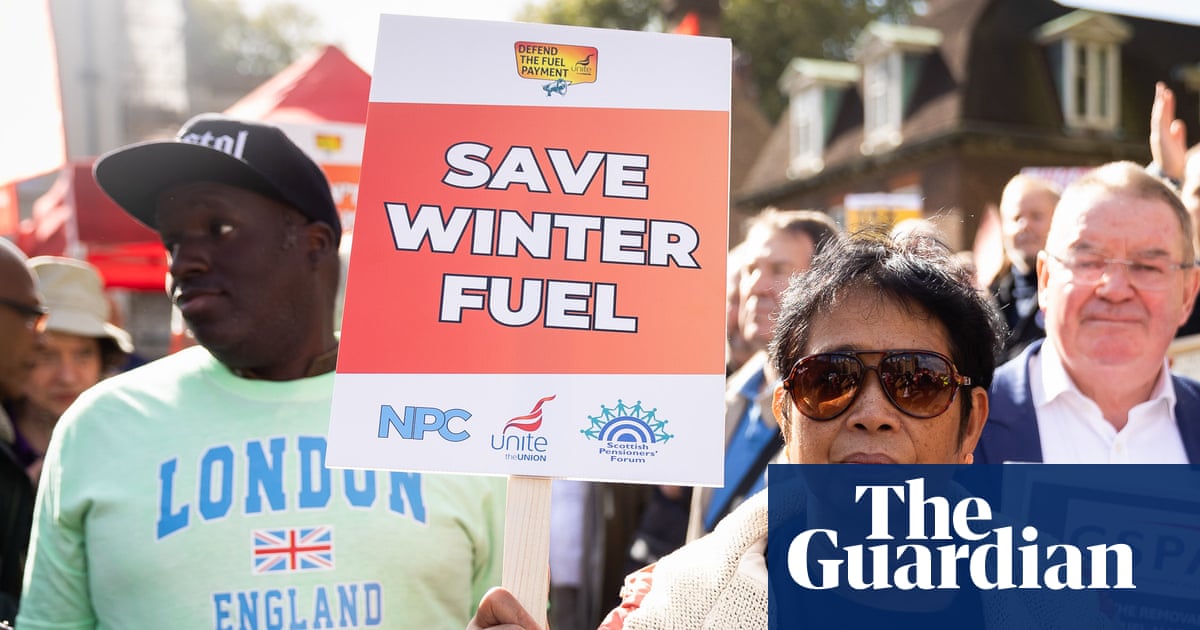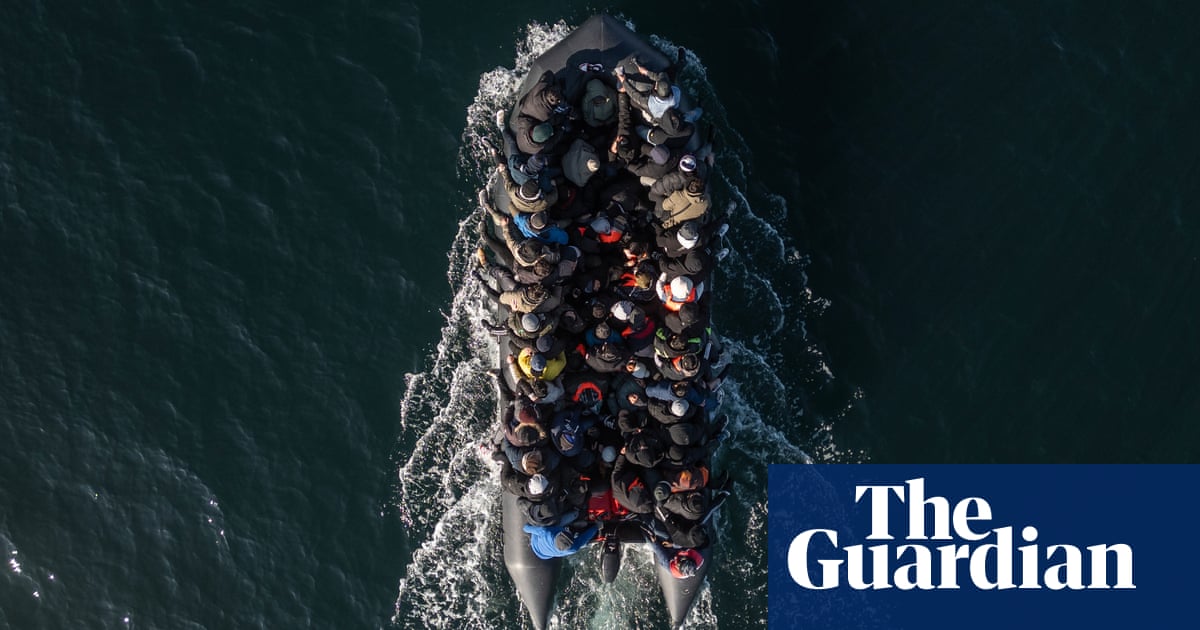An “evil” man took advantage of a shipwreck to lead a mutiny that caused the death of more than 100 men, women and children.
So goes the story of the Batavia, wrecked off the West Australian coast in 1629.
Survivors of the wreck found themselves marooned on a reef and chain of islands about 60km out to sea. Far from help, in the “harsh and unforgiving end of the earth”, the murders and rapes started.
“More than 100 people died in the grounding but the carnage didn’t end there,” is how the Australian National Maritime Museum describes it.
“What befell the survivors was sheer horror – anarchy, tyranny, madness, murder and rape, in a reign of terror where people were picked off one-by-one.
“Only about a third of the 340 passengers and crew would live.”
It’s one of Australia’s most horrifying incidents. Researchers are still studying the mass graves found on the islands.
While no one doubts the terror that unfolded, a Dutch academic has posed a different theory: that rather than a dastardly plot, ordinary men were driven to terrible acts by starvation.

It has been said the Batavia story parallels the TV show Yellowjackets, and it has also been credited with inspiring hit UK reality show The Traitors – which was originally going to be called The Mutineers.
But what if we’ve got it all wrong?
The cultural psychologist Jaco Koehler says there’s an alternative scenario that provides “a better explanation for what happened”. His theory – The Batavia Disaster: A new scenario to explain the massacre after the shipwreck – has been published in the May edition of the International Journal of Maritime History.
Koehler writes that bias in the reports from the time and the use of torture akin to waterboarding cast doubt on the theory that one man plotted a mutiny and oversaw a massacre.
“It is remarkable that an unlikely story about a mad heretic plotting a massacre has been repeated uncritically for almost 400 years,” Koehler says.
The Batavia, with experienced commander Francisco Pelsaert in charge, more than 300 people on board, and cargo containing silver coins, left Holland for the East Indies (Indonesia) in 1629.
Pelsaert was at odds with ship’s captain Adrian Jacobsz from the start, for issues including drunkenness. Jacobsz was friendly with under-merchant Jeronimus Cornelisz, the third most important person on the ship.
On 4 June 1629, the Batavia was wrecked on the Houtman Abrolhos Islands, off the west coast of Australia. Pelseart rose from his sickbed to shout at Jacobsz: “Skipper, what have you done, that through your reckless carelessness, you have run this noose round our necks?”
Some of those who didn’t drown stayed on the ship until it broke up completely. Others made their way to the surrounding islands. Most gathered on a small, waterless island that came to be known as Batavia’s Graveyard.
Pelseart and other senior officers left the survivors behind to search for water, and ended up sailing to Jakarta (then Batavia) to find help.
More than three months passed before the commander returned.
In his absence, Cornelisz took charge. He started ordering the murder of the remaining survivors in the hopes of taking the coins and treasures in Batavia’s cargo hold.
He tricked some into believing water could be found on another island, sent some on useless errands where his allies would push them overboard, and sent resistance soldiers off without weapons, not expecting them to survive. Those soldiers found food and water, and sent smoke signals to alert the others – but they were ignored.
The soldiers didn’t die, and eventually overpowered Cornelisz when he went after them.
When Pelsaert finally returned, he took the mutineers prisoner, and heard confessions about the murders carried out under the orders of Cornelisz. He heard that Jacobsz and Cornelisz had always planned to kill any opposition and that they intended to “throw the dead overboard and then go pirating with the ship”.
Pelsaert sent Cornelisz and the condemned mutineers to the gallows.
Koehler read Pelsaert’s journals, which had records of the interrogations.
after newsletter promotion
He writes that Pelsaert was “both judge and prosecutor” in a case where he had abandoned survivors, which might not bode well for his career. Pelsaert’s story was “partly based on confessions obtained through waterboarding”, he writes, and the accuracy of information extracted under torture should be questioned.

Koehler’s alternative scenario describes “extreme violence driven by famine”. There were too many people and not enough food. With Pelsaert gone, there was a “power vacuum”. Some formed a gang, thieving food, intimidating survivors, and raping women.
Eventually people were willing to kill to survive, he writes.
And since then, confirmation bias – “the tendency to favour evidence that supports existing beliefs, while paying little attention to evidence that is inconsistent with those beliefs” – may have played a role in the enduring belief in Pelsaert’s story, Koehler continues.
The wreck was found in 1963.
Today, researchers are still studying the artefacts and gravesites. They have welcomed this new theory on the Batavia massacre, although they did not necessarily agree with the alternative explanation.
Prof Alistair Paterson, from the University of Western Australia’s School of Social Sciences and the Oceans Institute, and Dr Wendy van Duivenvoorde, professor of maritime archaeology at Flinders University, are among those working on site alongside the WA Museum. The project is funded by the Australian Research Council.

Paterson says the team is still studying up to 22 individuals buried in mass graves, and they still only partially understand what happened.
“We ended up finding a series of mass burials … which doubled down on the idea that what we now know as Beacon Island was really Batavia’s Graveyard … it’s akin to a church burial ground,” he says.
“We need to understand what social processes were occurring so that people were murdered, controlled, and contained to that island.
“We have the archaeological and the historical narrative and we will always need to hone our theories regarding how this event occurred.”
Van Duivenvoorde says Koehler’s theory was a “fascinating” approach that she would share with her students. She said “of course” there was bias in the records – but she does not agree with his conclusions.
“I’ve worked on those islands, as have a lot of other archaeologists and forensic specialists … there are some resources available that are accessible, especially on the bigger islands, the flora that’s edible, fresh water sources, and so on,” she says.
“It was obviously a desperate situation … [but] if survival was the primary goal of the killings, why didn’t they move to West and East Wallabi island?
“It’s interesting, it has a lot of interesting new things in it, but I’m not convinced.”
Corioli Souter, the head of maritime heritage at WA Museum, says the survivors would have suffered some deprivations, but the question is why the survivors did not follow the smoke signals to find those resources if famine was the rationale for the mutiny.
“Surely, moving the survivors to an area with resources would be the next step,” she says.
Koehler suggests that people accept the narrative that Cornelisz was behind the massacres because “we prefer the notion of an individual corrupted by evil”.
“It saves us from a much more disturbing thought: that mass murder does not arise from [the] monstrosity of a single individual, but from moral decay set in motion by the collapse of authority and the disintegration of social structures,” he says.

.png) 5 hours ago
3
5 hours ago
3













































